Java, PHP, Ruby – do they ring any bell? If yes, the concept of back end technologies is probably not unfamiliar to you. They are the backbone of your website, the behind-the-scene stuff that ensures your digital platform functions as per users’ requests and queries.
Today, the world of back end development is a rich tapestry of tools and technologies. From back end frameworks to databases and programming languages to server configurations, each component brings unique benefits to the table and is tailored to meet your project objectives.
For newcomers, the world of back end technologies can be a daunting maze. The challenge of objectively selecting the best back end languages in an ever-evolving industry is just the beginning. However, a subjective list can serve as a helpful starting point in this dynamic landscape.
What are Backend Technologies?
Backend development technologies are frameworks, tools, databases, and languages that build server-side web applications. They work behind the scenes to manage the server, databases, and the application logic that aids communication between the end user’s browser and the server, i.e., the frontend. If you want to learn about frontend and backend development, enroll in an online Full-stack development course led by industry experts.

Different Components of Backend Technologies
A few vital elements and technologies commonly used in backend development are:
1. Programming Languages
Python, JavaScript (Node.js), PHP, Ruby, Java, and others are used to write the back-end logic. Want to know more about the backend programming languages, read our blog on 13 Best Backend Programming Languages.
2. Frameworks
Pre-written, reusable code libraries help streamline development. Examples: Django (for Python), Ruby on Rails (for Ruby), Express.js (for Node.js), Spring (for Java), and Laravel (for PHP).
3. Databases
Storage systems for data, including relational databases like PostgreSQL, MySQL, and SQL Server, and NoSQL databases such as MongoDB, Cassandra, and Redis.
4. Server
Back-end technologies are deployed and managed on servers, which can be physical or cloud-based. Examples: Apache, Nginx, and Microsoft IIS.
5. APIs (Application Programming Interfaces)
Back-end systems use APIs to communicate with other services or enable external access to their functionalities.
Also Read: Top 14 Backend Developer Skills You Must Know in 2025
6. Authentication and Authorization
OAuth, JSON Web Tokens (JWT), and OpenID Connect manage user authentication and authorization.
7. Caching Mechanisms
Tools like Redis or Memcached cache frequently accessed data, boosting application performance.
8. Containers and Orchestration
Docker and Kubernetes manage and deploy back-end applications efficiently in containerized environments.
9. Messaging Systems
RabbitMQ, Kafka, or Amazon SQS handle asynchronous tasks or inter-service communication in distributed systems.
Best 12 Backend Technologies (2025 List)
A plethora of modern backend technologies are extensively used in the domain. We have compiled a list of trending backend technologies in 2025 so you can understand the various technologies. To learn more about becoming a back-end developer, check out our blog on How to Become Backend Developer? 2025 Roadmap and Tips.
Let’s look at this list of the latest backend technologies for web development, including their pros and cons.
1. PHP

Hypertext Preprocessor, or PHP, is a server-side scripting language. The programs it creates are executed on web servers and are independent of an online browser. PHP is one of the well-known languages developers use to build new apps and is extensively used to develop online applications.
Pros:
- Open-source and free
- Platform-independent
- Quick loading rate
Cons:
- May not be suitable for all more prominent web-based apps
- Lacks debugging tools
- Regarded less secure relative to others
2. Python
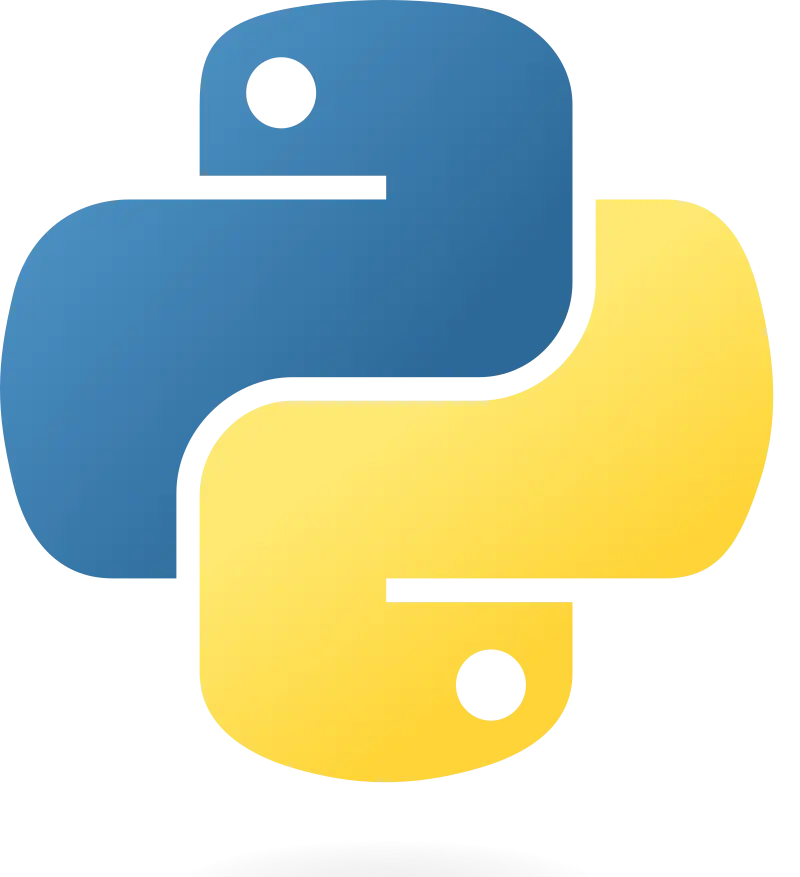
Python is an object-oriented, interpreted, high-level, dynamically semantic programming language. It is especially desirable for Rapid Application Development and usage as a scripting language to tie components collectively due to its high-level built-in data structures, robust typing, and dynamic binding. Python’s concise syntax prioritizes readability and simplifies learning, lowering program maintenance costs.
Pros
- Open-source and free
- Easy to learn
- A vast collection of libraries
Cons
- Speed limitations
- May have runtime errors
- Consumes a substantial amount of space
3. JavaScript

A robust computer programming language, the implementation of Javascript enables client-side scripts to interact with end users and create dynamic pages. It is most extensively used as an element of web pages and is an object-oriented, lightweight, interpreted programming language. Many times, it’s considered synonymous with Java backend technologies. LiveScript was the original name of JavaScript, but Netscape renamed it to JavaScript in response to the buzz that Java was causing.
Pros
- Language is not complex
- Effortless to implement
- High interoperability
Cons
- Substandard browser support
- Debugging facility is absent
- Functioning is sluggish
Also Read: Coding vs. Programming (Difference & Comparision)
4. Laravel

This is a PHP web application framework with expressive and beautiful syntax. Laravel offers the strong capabilities required for large, sophisticated applications and is easily accessible. You have the resources to create whatever application you are entrusted with, such as an excellent inversion of the control container, an eloquent migration mechanism, and closely integrated unit testing assistance.
Pros
- Convenient to learn
- Provides model view controller structure
- Offers swift execution
Cons
- Lesser in-built support
- Community support is low
- The overall process is complex
5. Django
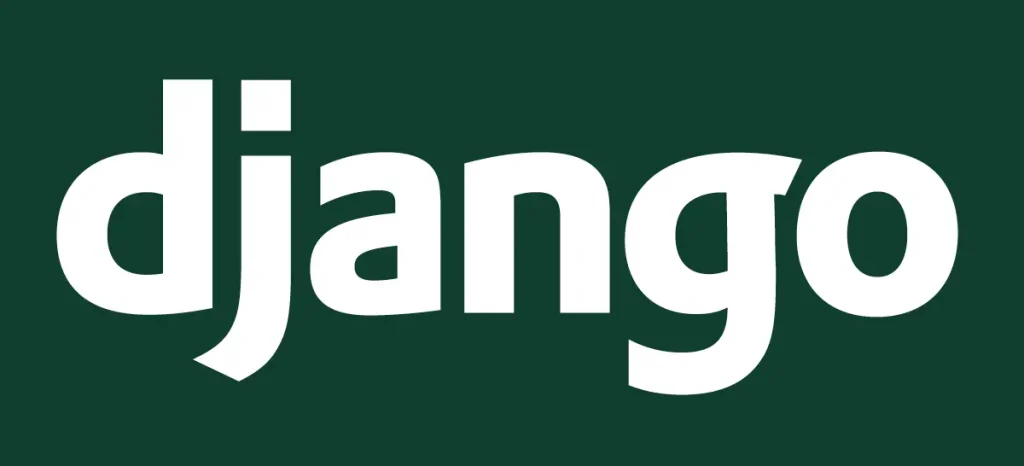
An open-source and Python-based framework, Django follows the model-template-views (MTV) architecture. Django’s main objective is to simplify the creation of intricate, database-driven websites. The framework emphasizes component reuse, pluggability, low code, minimal coupling, and quick development.
Pros
- Faster than most frameworks
- High scalability
- Robust security
Cons
- Steep learning curve
- Not compatible with small projects
- Possesses a monolithic framework
6. MongoDB

This most popular backend technology is an open-source and cross-platform document-oriented database application. MongoDB, a NoSQL database application, employs documents that resemble JSON(JavaScript Object Notation is a lightweight format for storing and transporting data) with alternative schemas. It was created by MongoDB Inc. and is distributed under the Server Side Public License, which some distributions consider non-free.
Pros
- Offers high speed
- Provides flexible database
- Has good technical support
Cons
- Faces memory limitation issues
- Joins are not supported
- May lead to the corruption of data
7. MySQL

This back end technology is one of the most widely used open-source databases worldwide. Thanks to its demonstrated performance, dependability, and usability, MySQL has established itself as the top database of preference for web-based applications. Popular websites like Facebook, Twitter, YouTube, Yahoo!, and others use MySQL as their primary database. Oracle’s new features power next-generation web, cloud, mobile, and embedded applications, enabling MySQL innovation.
Pros
- High data security
- Offers cross-platform compatibility
- Highly versatile
Cons
- Debugging is inefficient
- Prone to data corruption
- It doesn’t support large databases efficiently
8. Apache
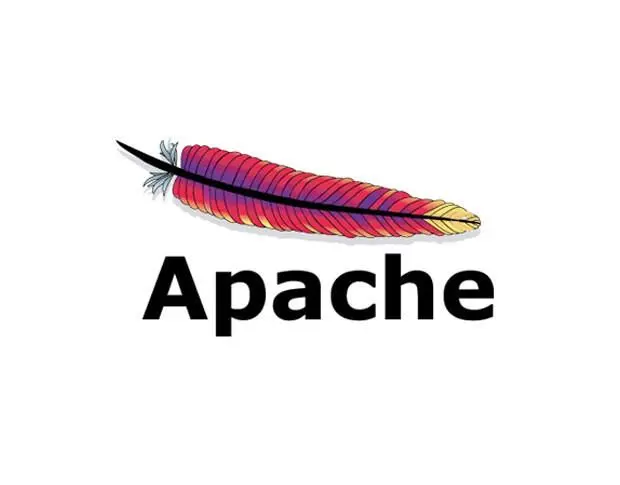
Apache is an open-source and free framework that supports a large portion of websites across the globe. The name of the server is Apache HTTP Server. The Apache Software Foundation is in charge of its creation and upgrades. Apache enables website operators to serve material across the internet. It is referred to as a web server for this reason.
Pros
- Open-source and free
- Highly reliable
- Has customizable code
Cons
- Incompetent debugging quality
- Time-consuming process
- Security is considered substandard
Also Read: Difference Between Front-end vs Backend Development: Full Comparison
9. NGINX

NGINX, sometimes recognized as NGIИX, is a reverse proxy, load balancer, mail proxy, and web server capable of handling HTTP cache. This backend development technology provides high performance for web servers with massive scaling. It can operate at high speeds while carrying more weight. The reverse proxy feature allows a single site to present aggregated information sources as if they all come from one page. Through its load balancer, loads can be distributed among various resources, such as servers. NGINX is available for free and open source under the rules of a two-clause BSD license.
Pros
- Highly scalable
- It’s lightweight
- Great configurability
Cons
- Low community support
- Lesser modules
- Less compatibility
10. Docker

Docker, a software platform, simplifies the process of building, running, managing, and distributing applications. Using OS-level virtualization, Docker’s platform as a service offering distributes software in containers. There are free and premium versions. The Docker Engine program runs the containers.
Pros
- Swift deployment
- Highly secure
- Continuous integration
Cons
- Lesser features
- Low scalability
- Compatibility issues may arise
11. Postman
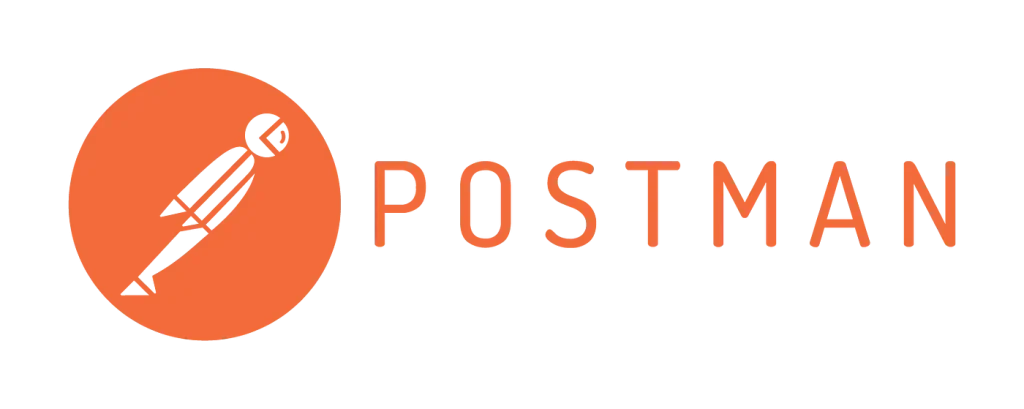
Developers can easily create, share, test, and document APIs(a software intermediary that allows 2 applications to talk to each other) with Postman, an API platform. Users are given the ability to generate, store, and read both simple and complicated HTTP/s requests and their responses to achieve this. As a result, the work is more effective and less tiresome.
Pros
- Highly user-friendly
- Provides timely support
- The overall process is easy
Cons
- Constrained integration
- Low script reusability
- Limited testing ecosystem
12. Jira
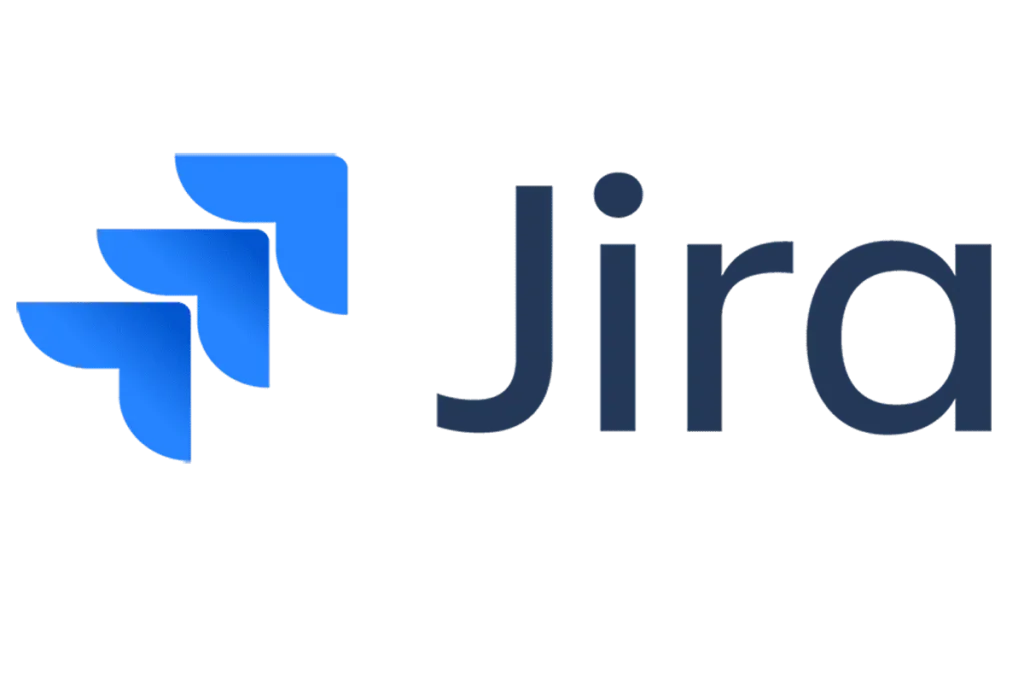
Atlassian, an Australian company, created the JIRA software for project management, problem tracking, and bug tracking. The Japanese word Gojira, which means Godzilla, is where the JIRA full form is named. This tool primarily uses tracking problems and issues with your software and applications.
Pros
- High speed
- Easy bug fixing
- Offers effortless integration
Cons
- Difficult to handle
- Complex than its contemporaries
- Faces support issues
Quick Facts About the Best Back end Technologies in 2025
- JavaScript, Python, and Java stand out as the top 3 most popular backend technologies, with a significant number of coders, 65.82%, 49.28%, and 30.49%, respectively, choosing to use them. This widespread adoption reflects the industry’s recognition of their capabilities and versatility. Following closely are C# (29.19%), C++ (20.21%), and PHP (19.03%).
- PHP is a dominant force in server-side programming, with a staggering 76.2% of all websites utilizing it. Within the PHP ecosystem, Laravel (8.32%) and Symfony (3.67%) are the most prevalent among professional developers.
- Node.js is the most popular web backend technology, with 42.7% of developers using it. Express is also in demand in the JavaScript tech stack, with a 19.51% share.
- According to the May 2025 benchmark, C# is the fastest backend technology based on average response time (ms) and requests/s. These metrics were measured under a typical workload scenario. Next comes GO, which performed the best in the 90% and 95% response time tests, indicating its strong performance under high load conditions. However, Python Fast API and Node.js are leading in average server CPU usage rates, suggesting their efficiency in resource utilization.

Must have Features of Backend Technologies
Before selecting the best backend technology, it is crucial to understand the features that define these technologies:
1. Scalability
- Quickly scaling up or down is vital for handling varying project demands.
- Ensures the application is responsive and accessible, even as demand or data storage grows, without compromising performance or security.
2. Security
- Protecting sensitive user information is a top priority for the latest backend language.
- Back end technologies must incorporate strong security measures, including data encryption, secure authentication mechanisms, and protection against common vulnerabilities like Cross-Site Scripting (XSS), SQL injection, and Cross-Site Request Forgery (CSRF).
- Regular security updates and patches too are essential to protect against new vulnerabilities.
3. Maintainability
- The language chosen must support simple maintenance of the codebase. This includes clear documentation, consistent coding standards, and design patterns that simplify understanding and modifying the codebase.
- A maintainable back-end allows teams to quickly adapt to new requirements or technologies without extensive rewrites or refactoring.
4. Cost-effectiveness
- The total cost of ownership, including initial development and ongoing maintenance, is a vital consideration.
- Open-source technologies reduce costs but may need more customization. On the other hand, commercial solutions may provide more out-of-the-box features at a higher cost.
5. Community Support
- Strong community support is crucial for developers.
- Ensures quick access to help when facing coding challenges.
- The availability of tutorials and libraries enhances resources for project development.
Also Read: Top 20 Frontend Web Development Technologies (2025 List)
FAQs about Backend Technologies
Backend technologies are foundational to software development, handling server-side processes and data management to ensure smooth functionality.
Staying abreast of the latest backend technologies is not just a choice but a necessity. It ensures developers have tools that enhance software projects’ efficiency, security, and scalability, motivating them to commit to continuous learning and professional growth.
When selecting the most suitable backend stack, it’s vital to consider factors such as project requirements, scalability needs, and each technology’s unique strengths and weaknesses.
Understanding backend technologies equips developers with the knowledge they need and empowers them to make strategic decisions. This understanding allows for optimizing project development by selecting the most appropriate tools for specific needs and goals, giving developers a sense of control and capability.
Different backend technologies include programming languages (Python, PHP, and Node.js), frameworks (Django, Ruby on Rails, and Express.js), databases (SQL and My SQL), and servers (Apache, Nginx, and Microsoft IIS).
The best backend technologies are Python, JavaScript, PHP, Laravel, and Django.
With ever-evolving technology, choosing the right backend tech stand is crucial for effective and successful development. We live in a world where performance and user experience are highly valued, so the choice of your backend technologies can affect the success of the project.
Here are a few factors to consider to selecting the right backend tech stack:
-Project requirements
-Understanding of backend technologies
-Scope of the project
-Security and privacy
-Scalability and flexibility
-Budget
-Development time
-Team’s expertise
-Trends and industry standards
The most popular backend technologies in 2025 are Python, JavaScript, Java, PHP, and Node.js.
Conclusion
Backend technologies are the foundation of the software development process. With programming backend professionals, the fancy design and intuitive interface delivered through front-end coding languages will be enough. The backend makes the website or application perform well and be responsive, fast, and functional. To master this skill, join an online Full-stack development course today!
In the ever-developing landscape of web development, mastering the nuances of back end technologies for web development remains crucial. Developers can navigate the intricacies of back-end systems by staying up-to-date with surging trends and leveraging the appropriate back-end development technologies. This, in turn, enables them to create innovative and seamless digital experiences for users worldwide, inspiring them with the potential impact of their work.
Read more blogs:



